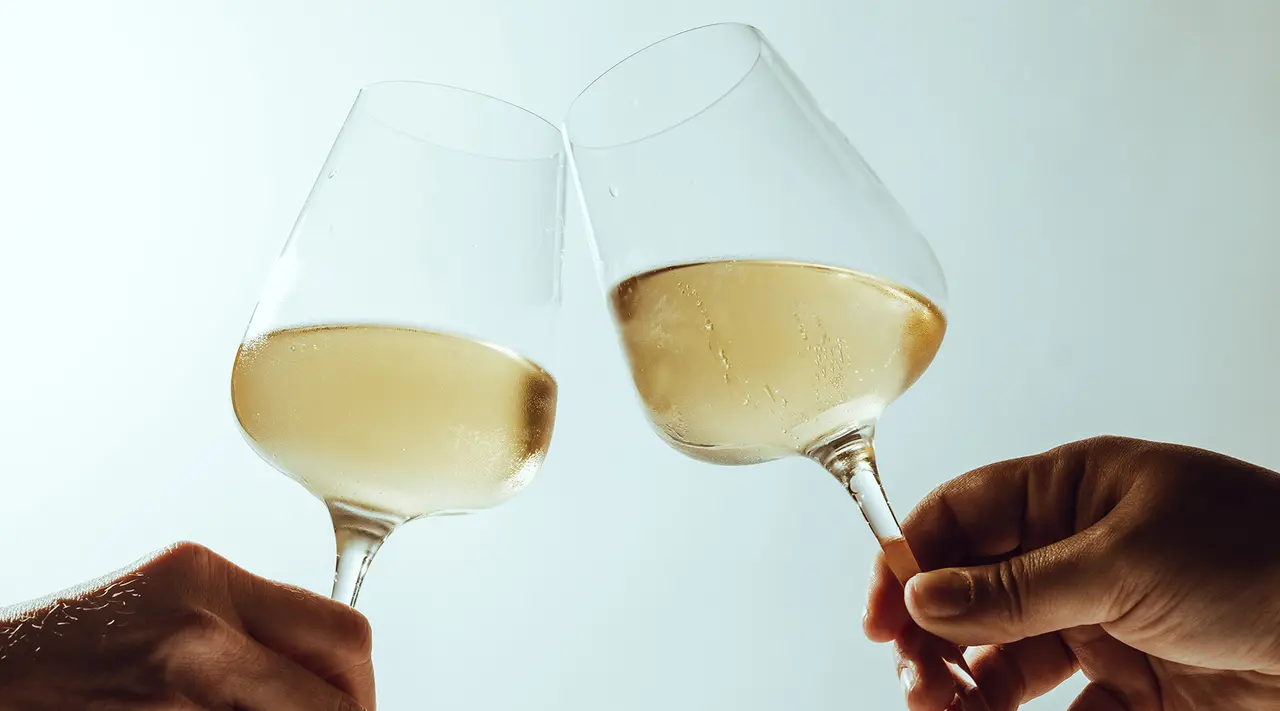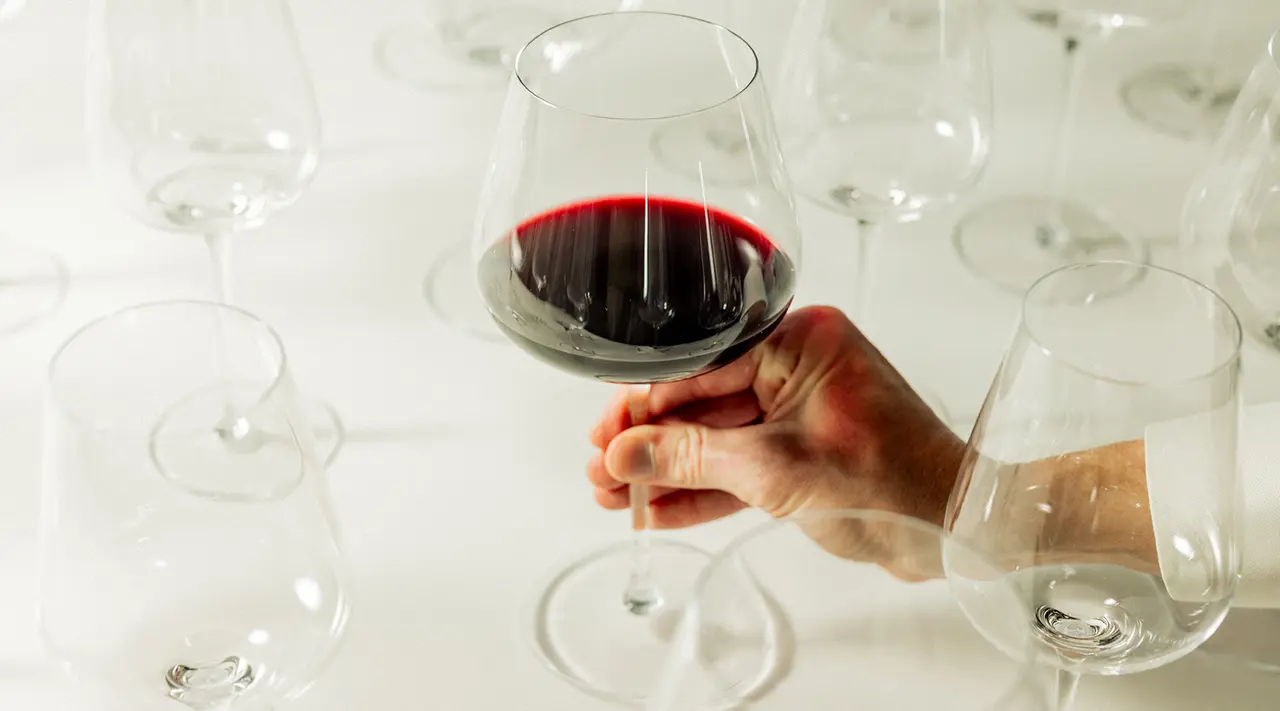Even if you’re not using it to cook with, it matters quite a bit how your glass is made—both for aesthetics and for your health and safety. To simplify things, we’ve put together a comprehensive guide to borosilicate glass—commonly used to make drinking glasses, tupperware, and other kitchen items—and why you might want to consider buying crystal glass instead.
What Is Borosilicate Glass?
The most common type of glass—soda-lime glass—is made primarily from silica (aka sand), soda ash, and lime. It’s usually not tempered or heat treated, and is easy and inexpensive to produce—hence why it’s used in everything from mason jars to beer bottles.
Borosilicate glass, on the other hand, is made with an additional ingredient: boron trioxide. This added compound makes for a glass that’s much stronger and more thermal shock-resistant than soda lime glass, or even tempered glass. In simple terms, a casserole dish or pie plate made from borosilicate glass can undergo extreme temperature changes without so much as cracking. Note, however, that borosilicate tends to be more brittle than tempered glass, which makes it more susceptible to breaking when dropped.
Borosilicate Uses
Borosilicate’s hardiness and thermal shock resistance makes it an incredibly versatile material: If you’ve got a glass blender jar, pie plate, or even just a regular old set of drinking glasses, you’re probably acquainted with it already.
Whereas you would never use a cheap soda-lime glass for something you’d put in the oven or microwave (we hope not, anyway), borosilicate is pretty much all-purpose. In fact, borosilicate is so reliable that it’s even used to make labware like beakers, flasks, and test tubes.
Is Borosilicate Glass Safe?
Borosilicate glass is completely safe and non toxic. Like our Glassware, it’s made without heavy metals like lead or cadmium, both of which can occasionally be found in vintage drinking glasses and stemware. And since it’s so durable, you won’t need to worry about your borosilicate bakeware cracking or exploding when transferring it to the oven from the fridge or vice versa. It’s even safe to put in the microwave—and the dishwasher.
How Does Borosilicate Compare to Crystal Glass?

As much as we love borosilicate for blenders and storage containers, crystal glass is a different beast. If you’ve sipped from one of our crystal Wine Glasses before, you’ve probably noticed the thin, elegant rim and gorgeous, transparent bowl. This is because they’re made using quartz sand—a mixture of kaolin, silica sand, and feldspar—sourced from one of the purest mineral deposits in Europe. The final product is not only lead-free, but also produces the clearest glass possible.
Of course, borosilicate wine glasses can make a fine, budget-friendly alternative to crystal—especially if you live in a house with kids (or are particularly accident-prone). For elegance and doing right by the bottle of wine, however, we’d have to recommend opting for crystal.
Which One Is Better: Borosilicate or Crystal?
Borosilicate glass and crystal glass each have their own unique applications and benefits. As we mentioned, borosilicate is sturdy and resistant to breakage: this makes it an excellent option for items with heavy-duty usage, like food storage containers. However, it doesn’t offer the same delicate look and feel as crystal. Not to mention, you won’t get the same high-pitched “clink” sound that you would from high-quality crystal—borosilicate instead makes a “clunk” sound.
While high-quality crystal stemware is more delicate than borosilicate, it offers an unparalleled wine drinking experience. Not only will it flow seamlessly from the glass to your mouth (something you won’t get with a thick, clunky rim), but you’ll also be able to better observe the colors and textures of wine as you swirl it—a must-have quality for any aspiring somm.
Ready to Shop?
Borosilicate is our top pick for tupperware or for reheating leftovers in the oven or microwave. When it comes to stemware, however, we get a bit more precious—and once you try your first sip of perfectly chilled sav blanc out of one of our proprietary-shaped White Wine Glasses, we think you’ll be converted, too.































